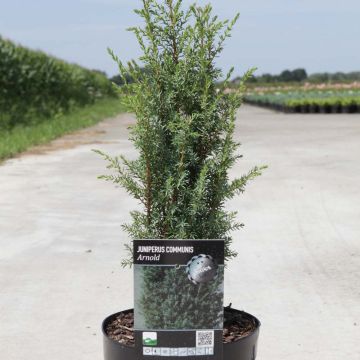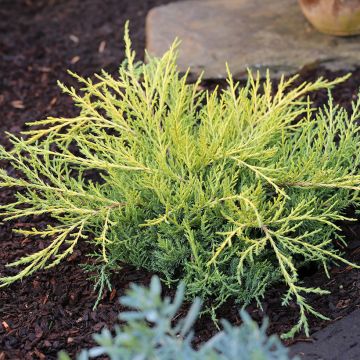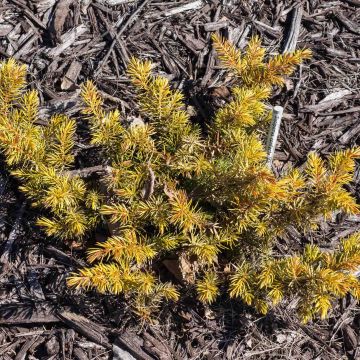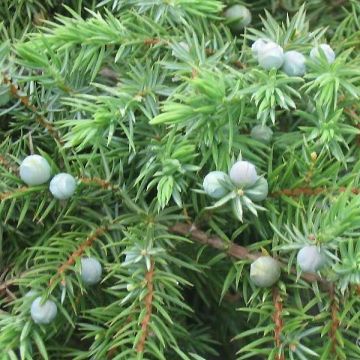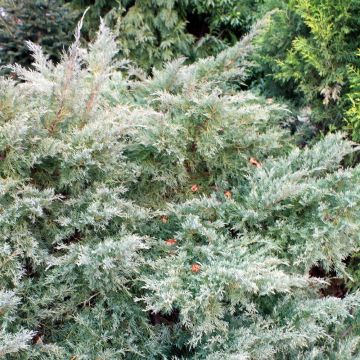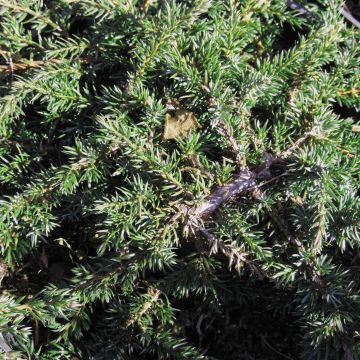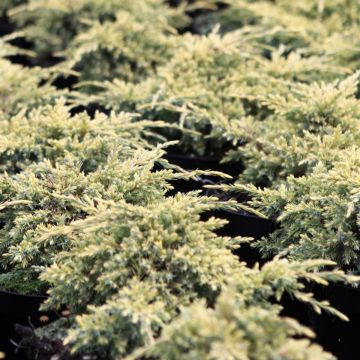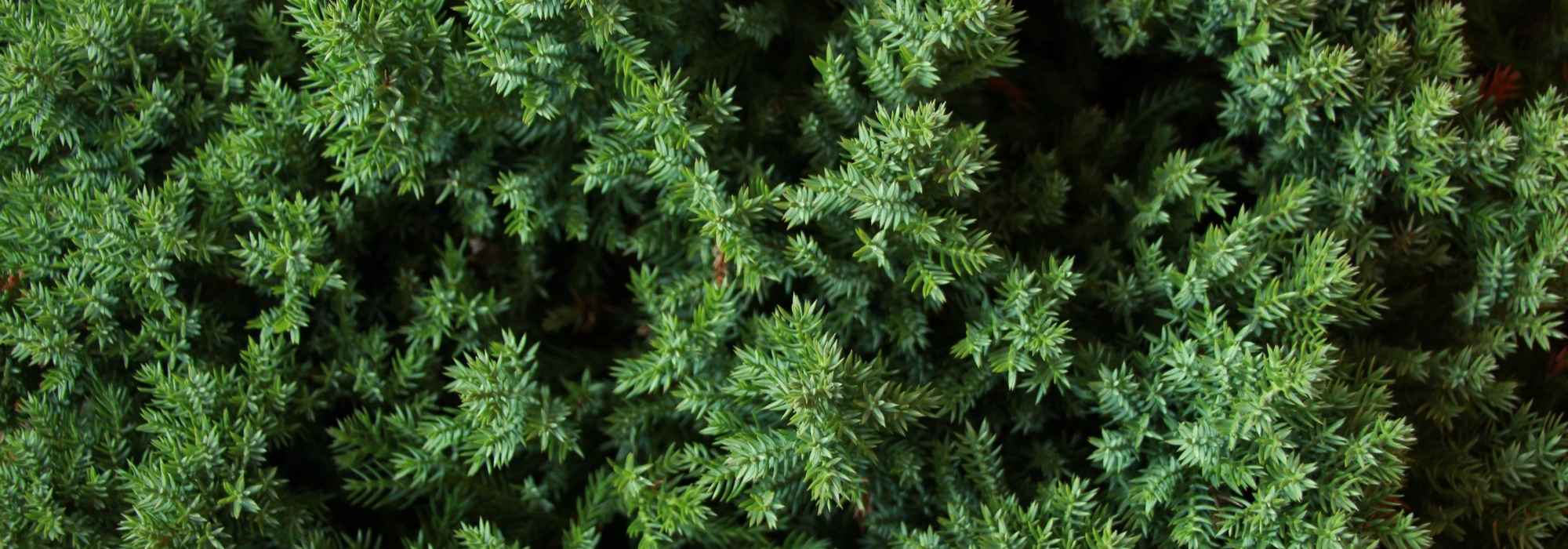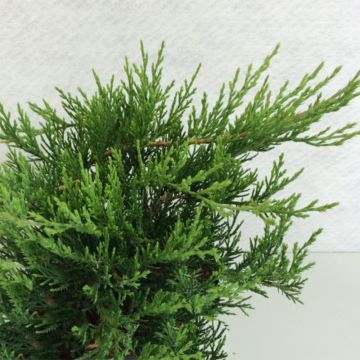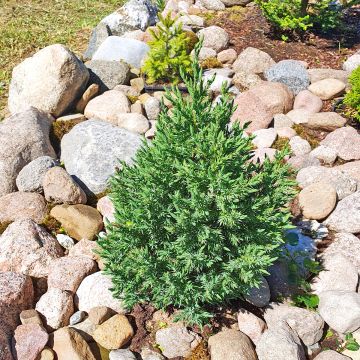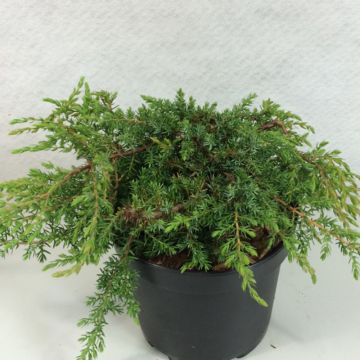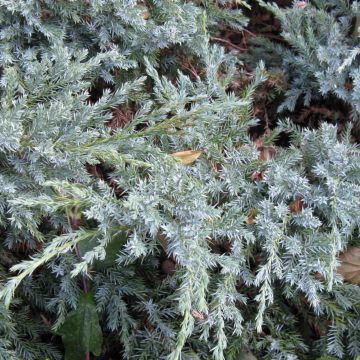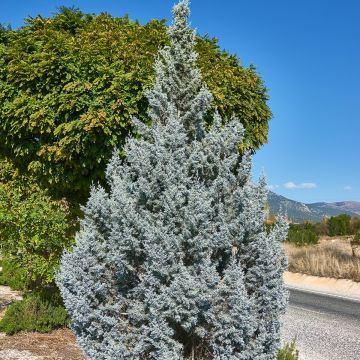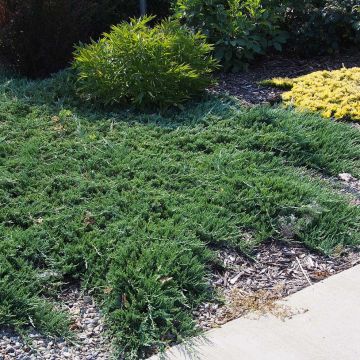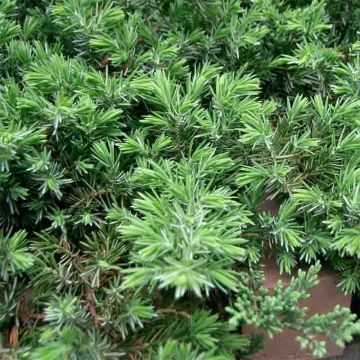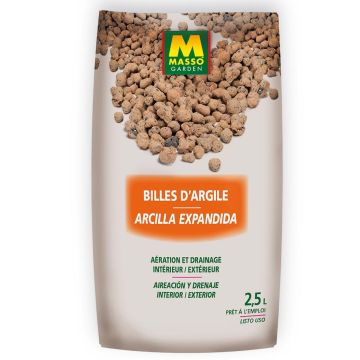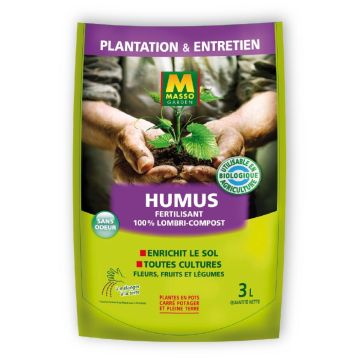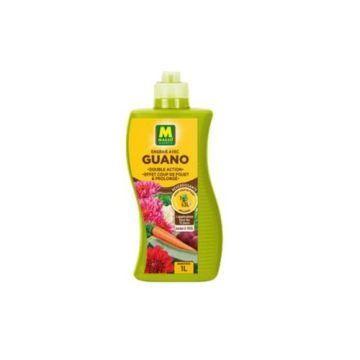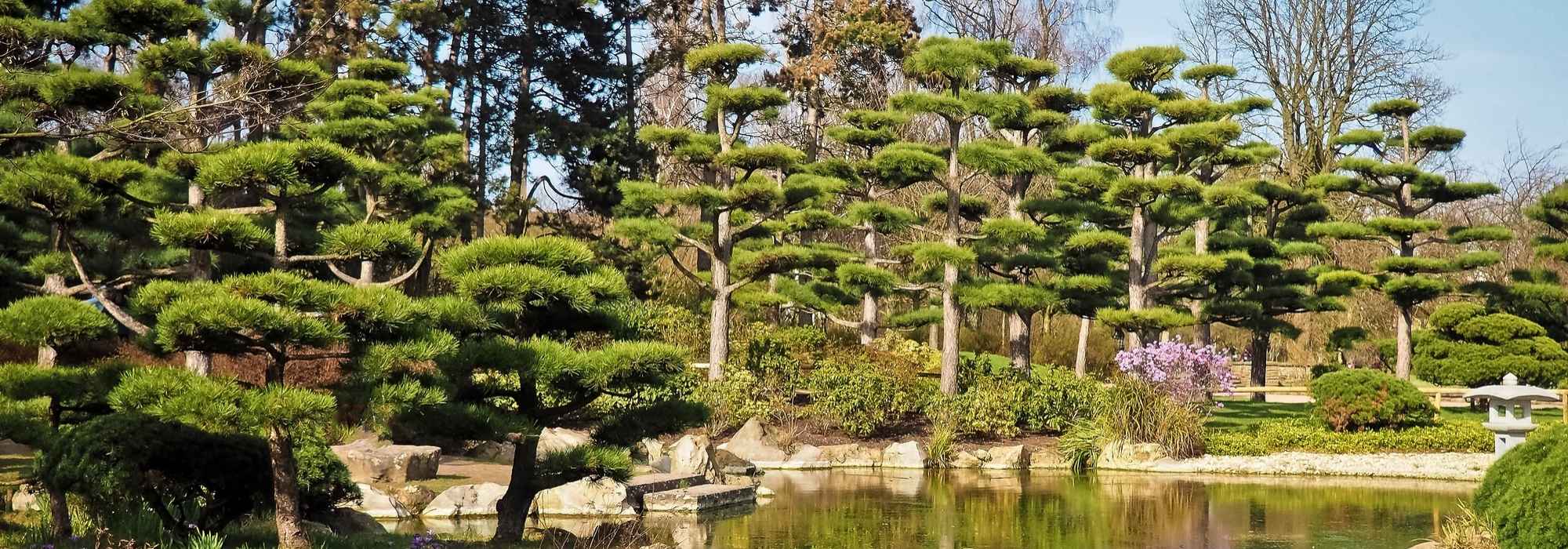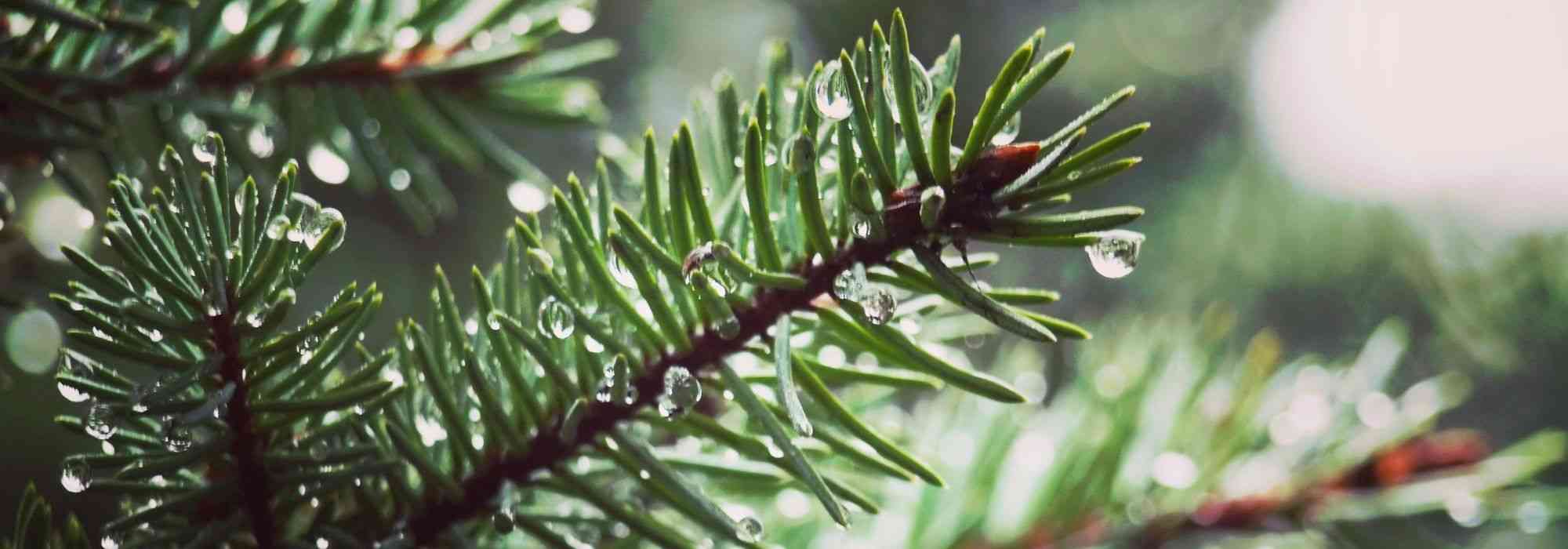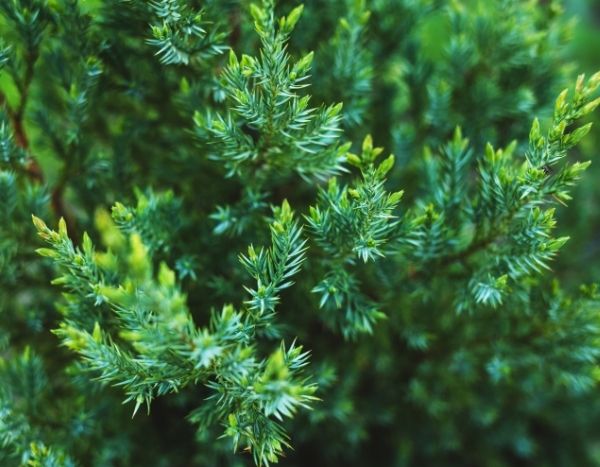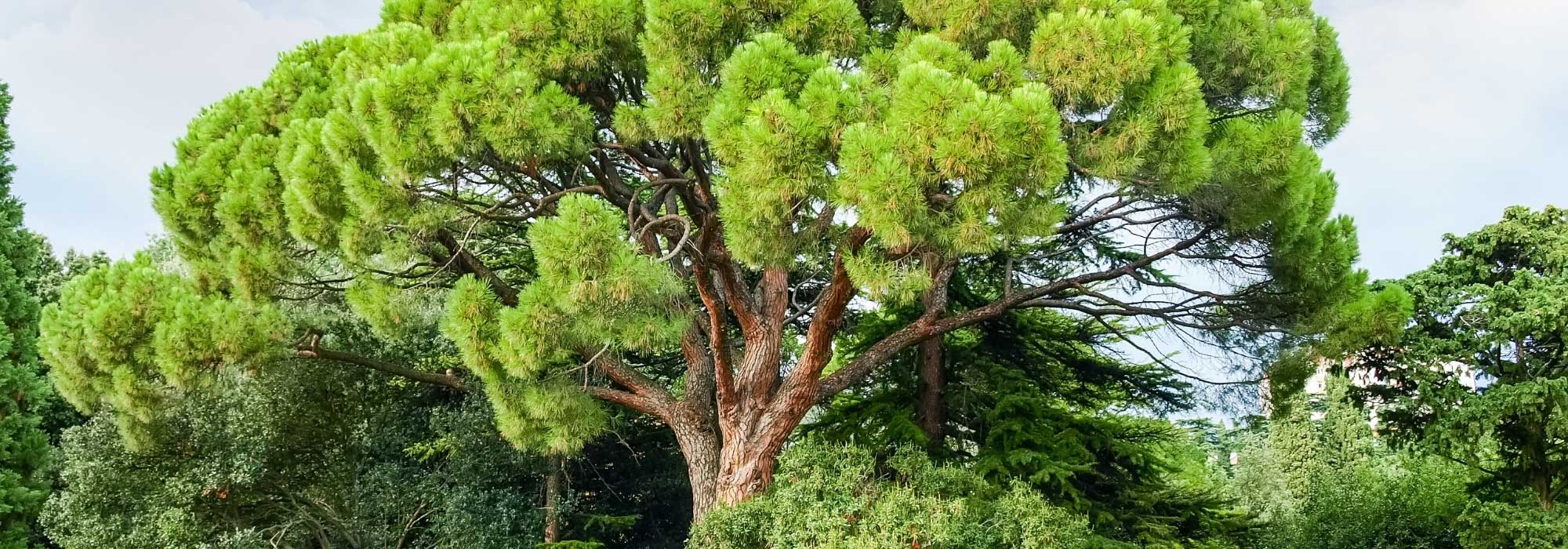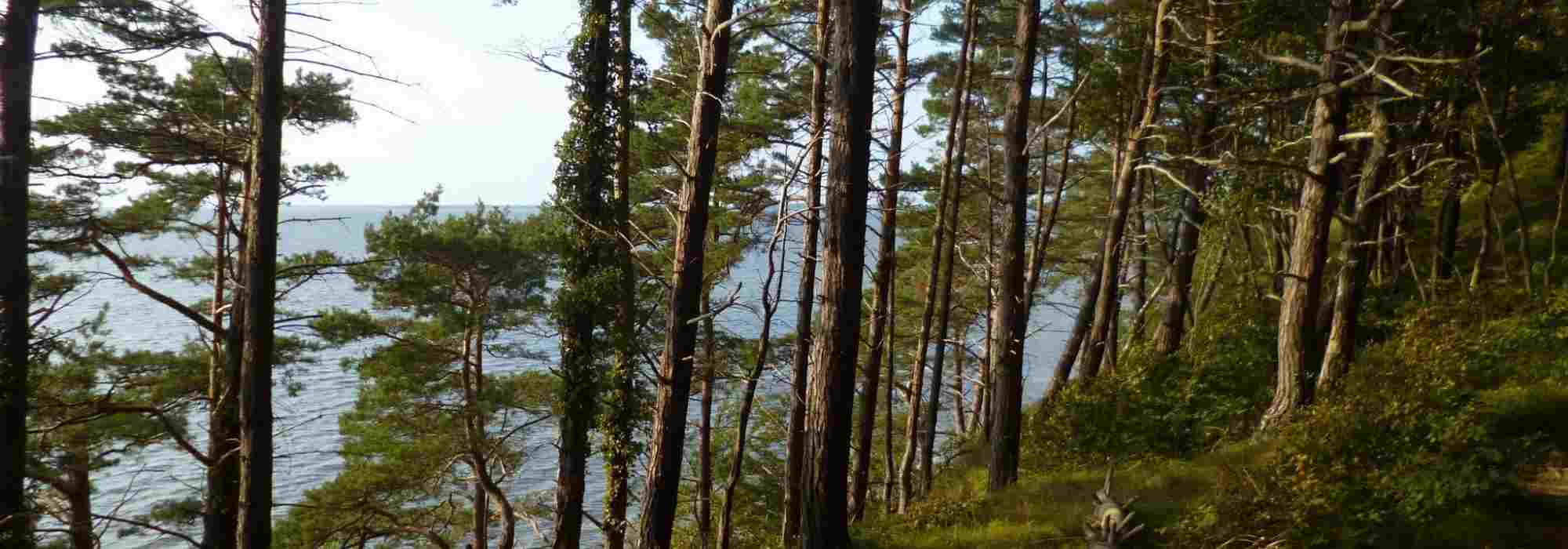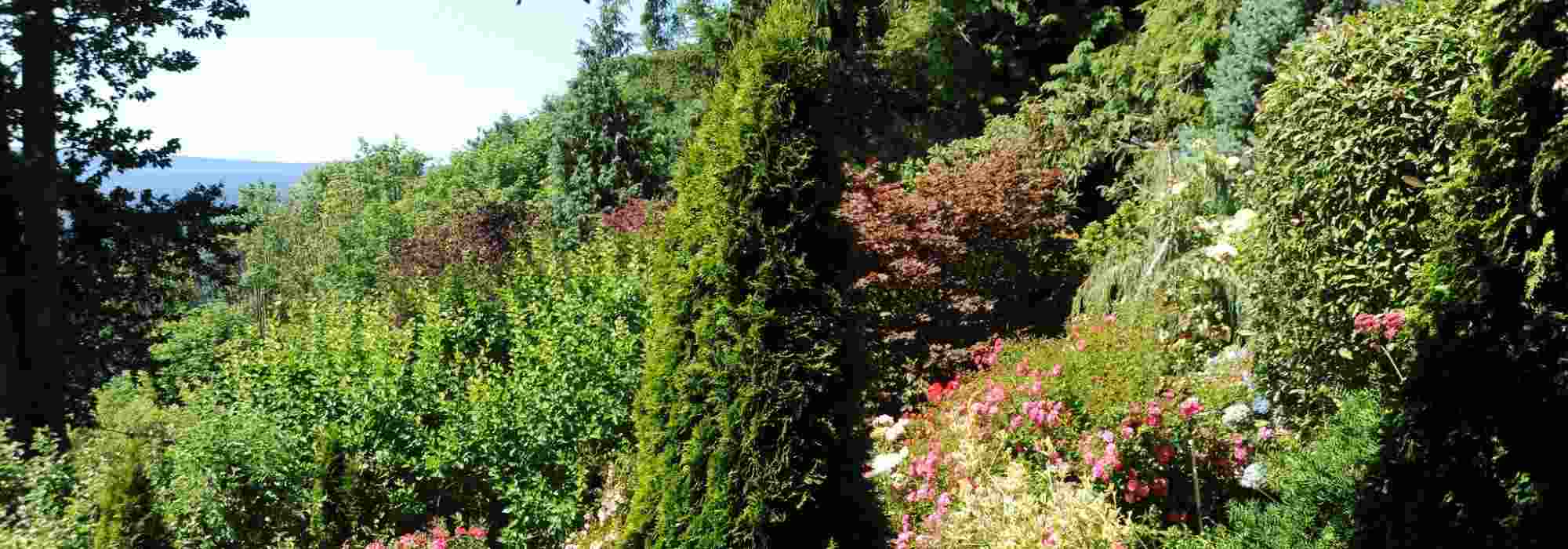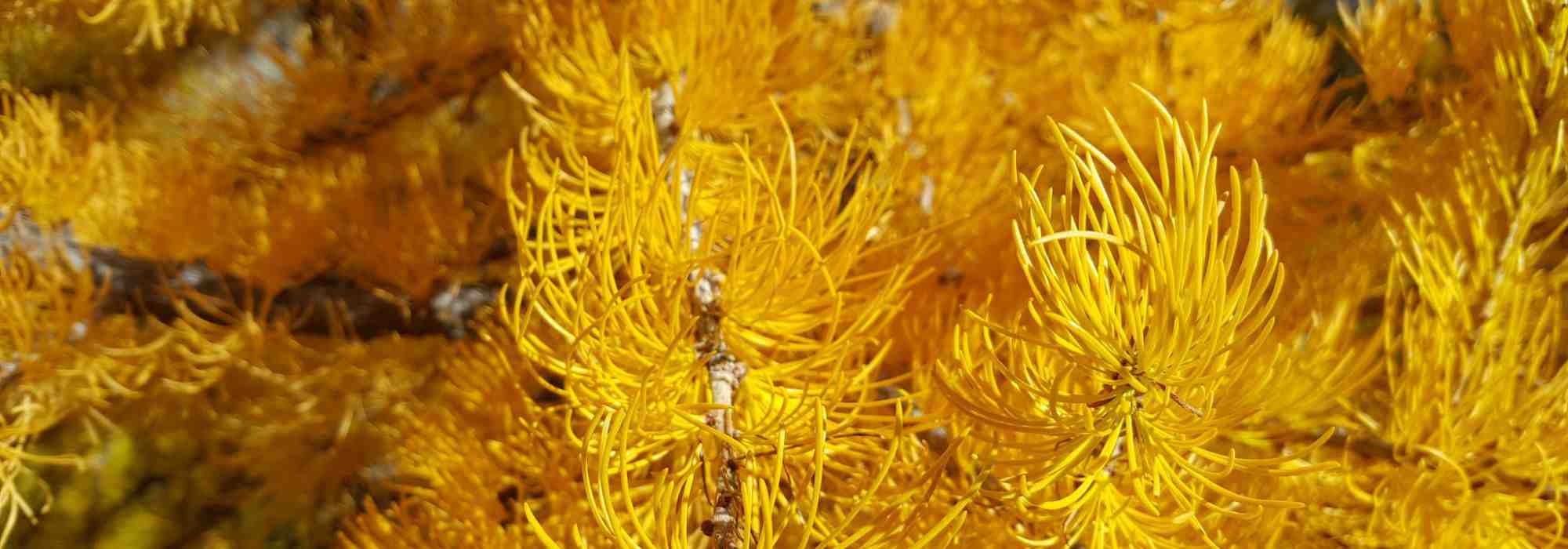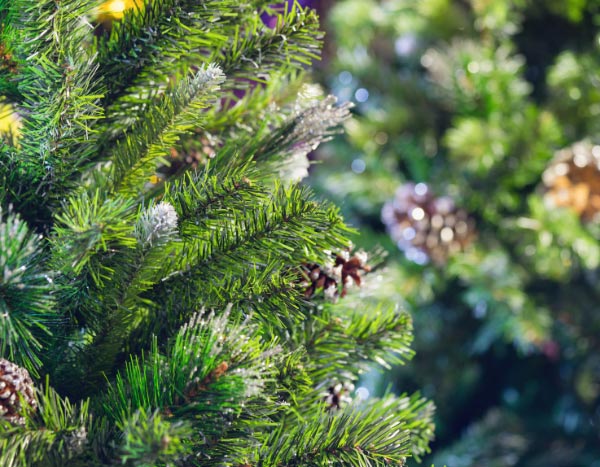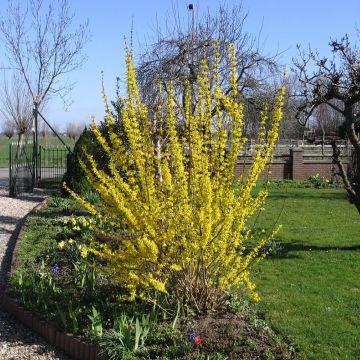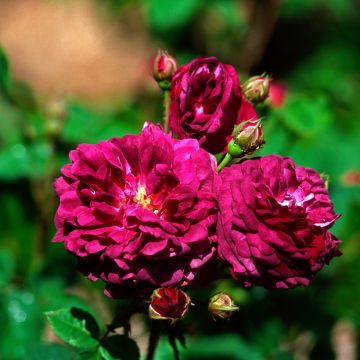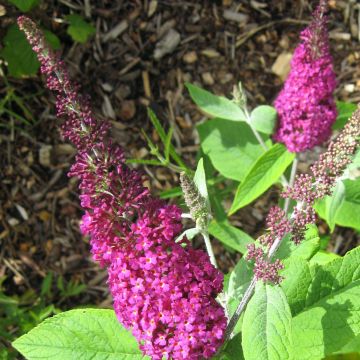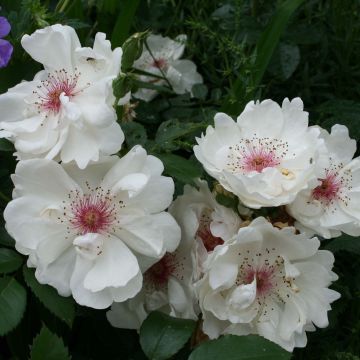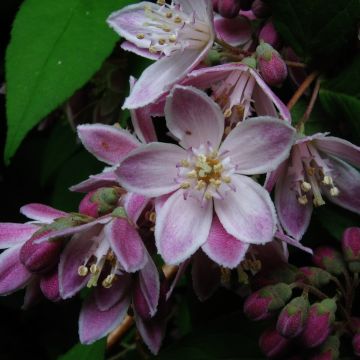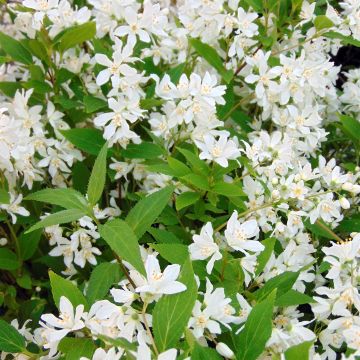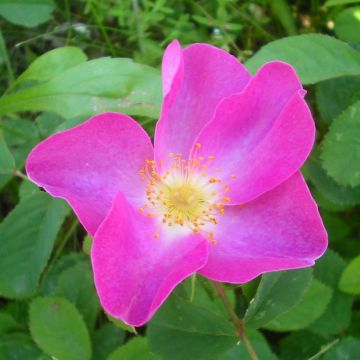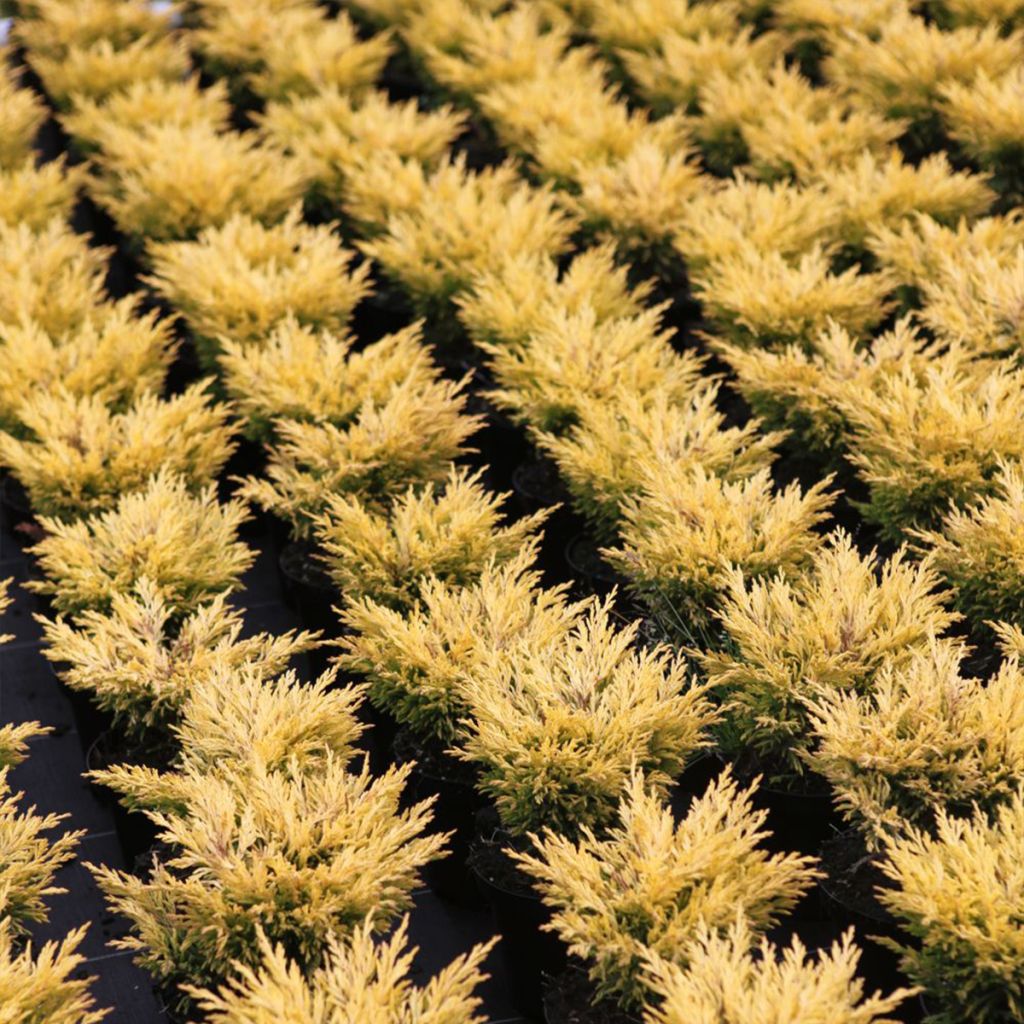

Juniperus horizontalis Limeglow
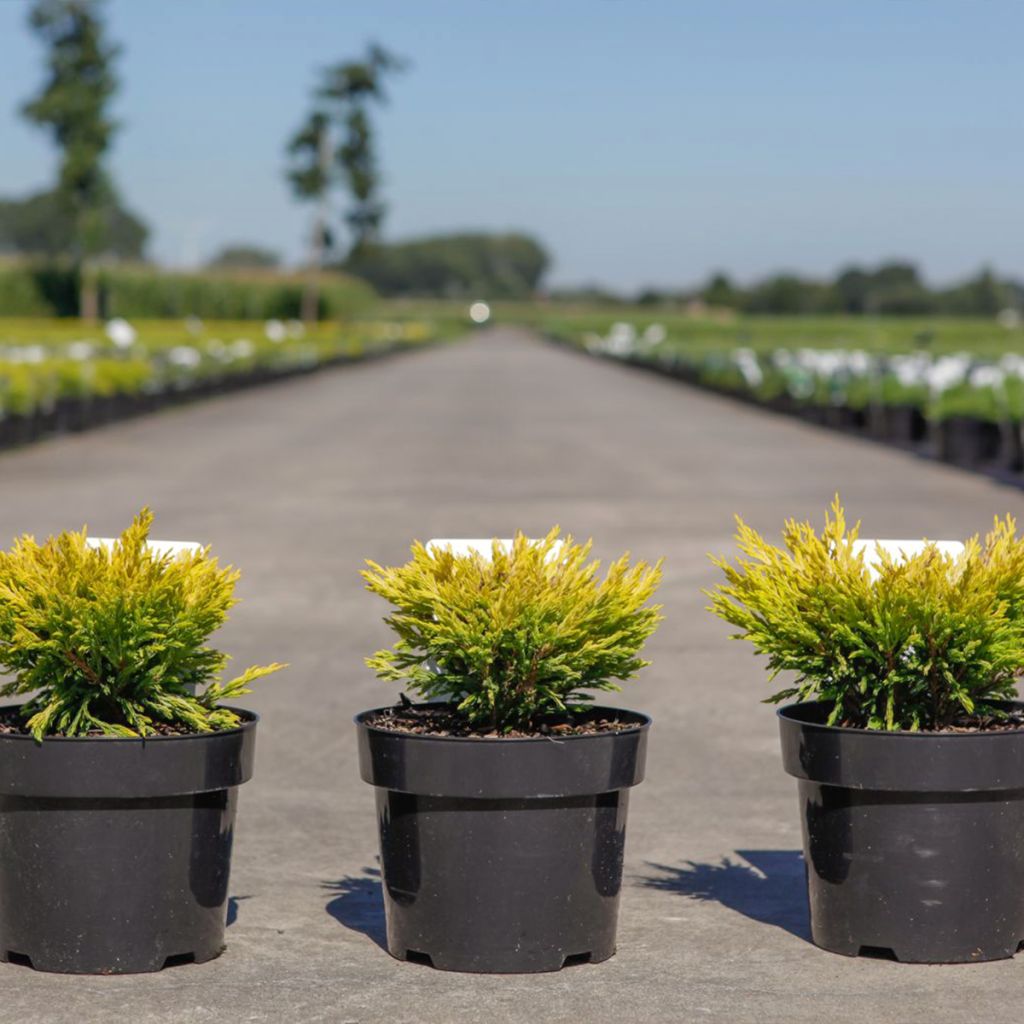

Juniperus horizontalis Limeglow
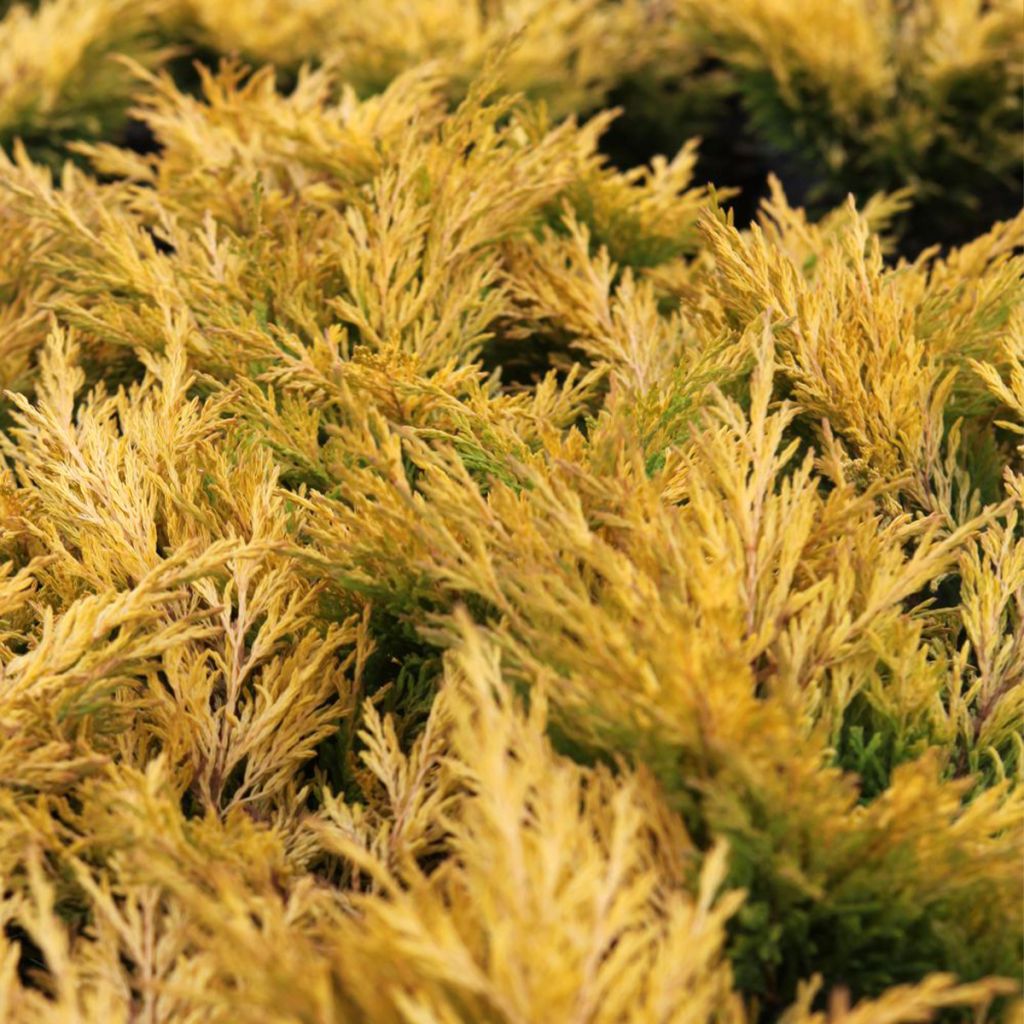

Juniperus horizontalis Limeglow
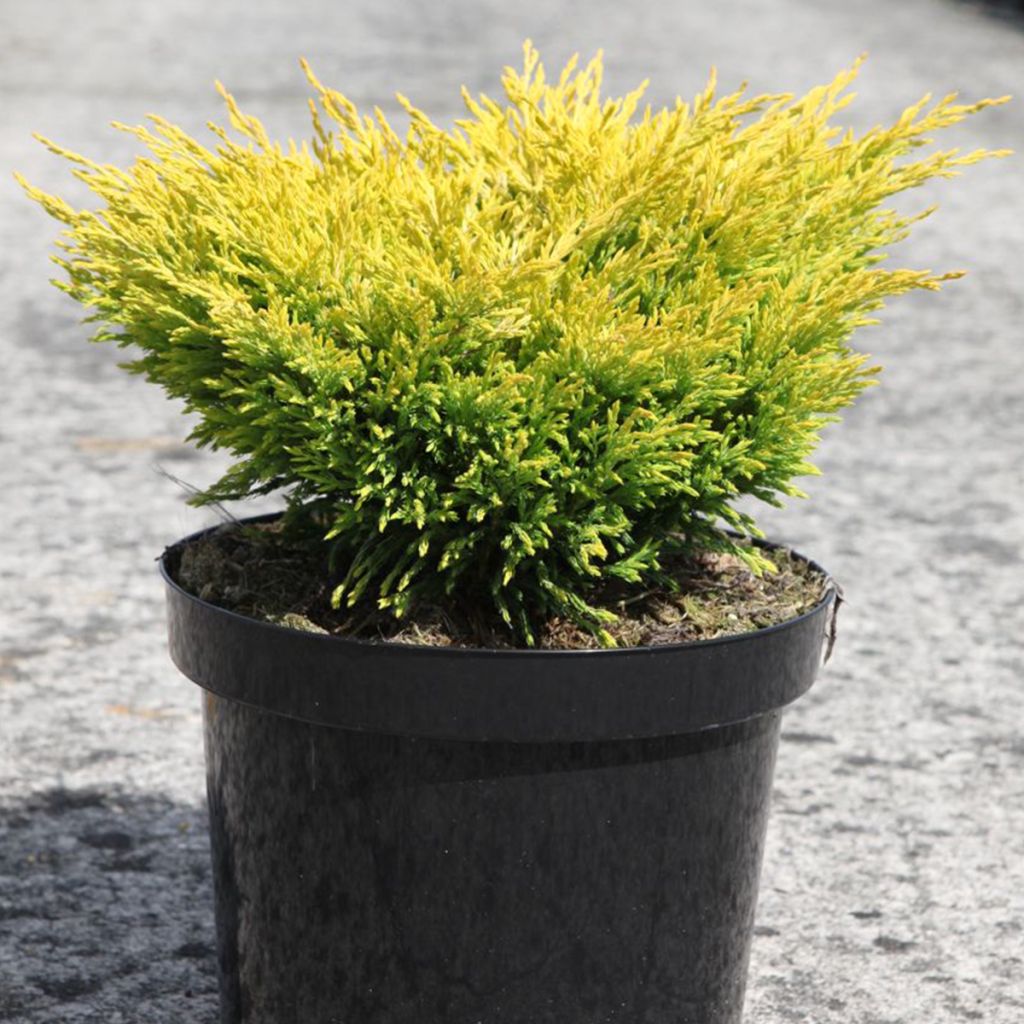

Juniperus horizontalis Limeglow
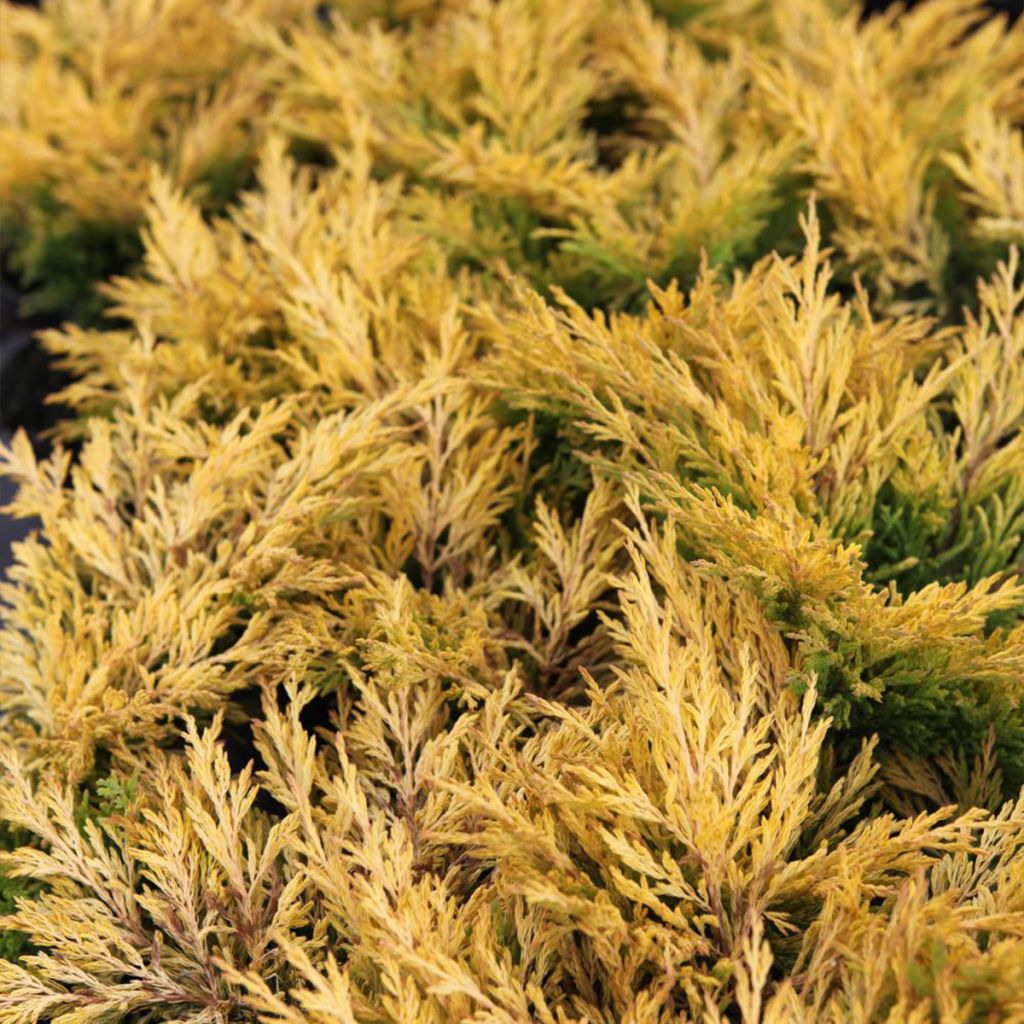

Juniperus horizontalis Limeglow
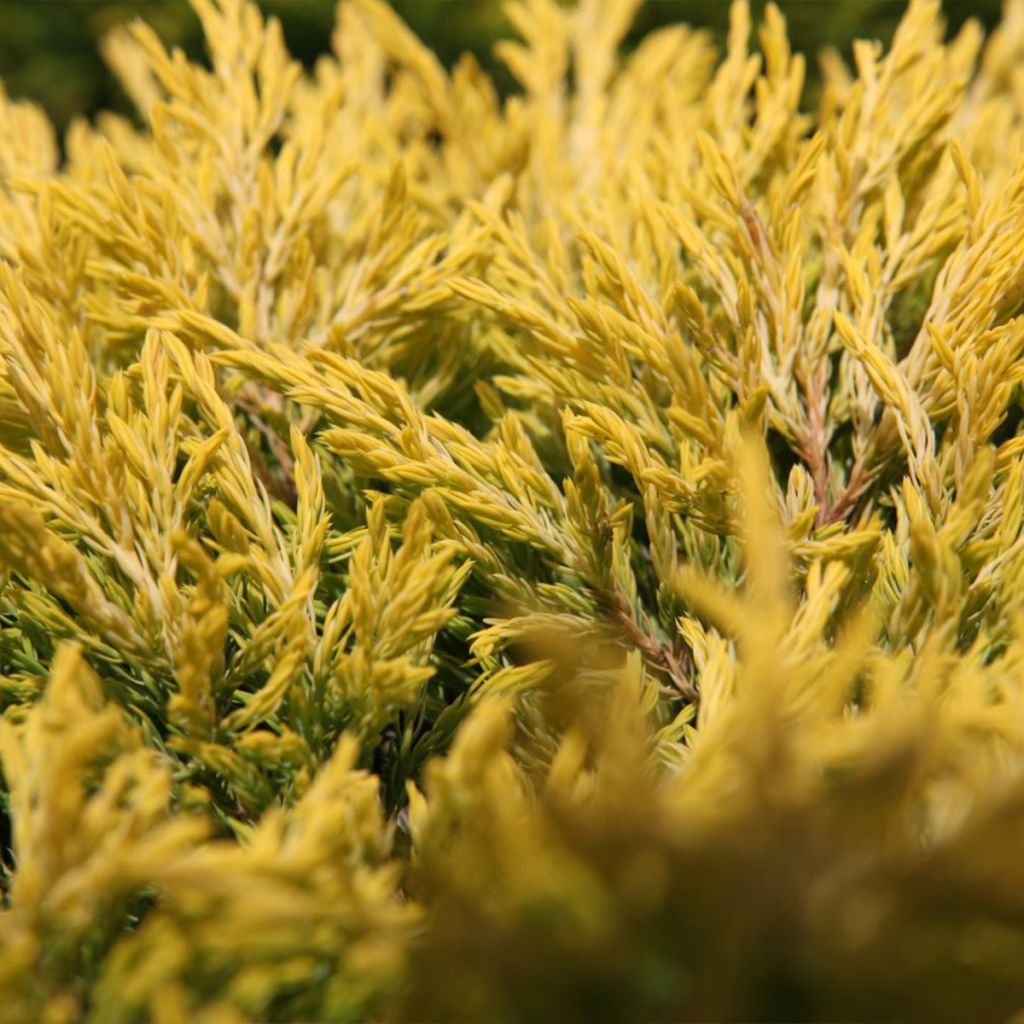

Juniperus horizontalis Limeglow
Juniperus horizontalis Limeglow
Juniperus horizontalis Limeglow
Creeping Juniper, Creeping Cedar, Creeping Savin
This little juniper arrived well packaged and well watered but with areas of golden color and others more coppery brown. According to the product description, this is not concerning but it is quite puzzling. I hope it's not a disease.
The Professor , 06/03/2024
Special offer!
Receive a €20 voucher for any order over €90 (excluding delivery costs, credit notes, and plastic-free options)!
1- Add your favorite plants to your cart.
2- Once you have reached €90, confirm your order (you can even choose the delivery date!).
3- As soon as your order is shipped, you will receive an email containing your voucher code, valid for 3 months (90 days).
Your voucher is unique and can only be used once, for any order with a minimum value of €20, excluding delivery costs.
Can be combined with other current offers, non-divisible and non-refundable.
Why not try an alternative variety in stock?
View all →This plant carries a 24 months recovery warranty
More information
We guarantee the quality of our plants for a full growing cycle, and will replace at our expense any plant that fails to recover under normal climatic and planting conditions.
Does this plant fit my garden?
Set up your Plantfit profile →
Description
Juniperus horizontalis 'Limeglow' is a variety of horizontal juniper that is attractive due to its changing foliage colour. It catches attention in spring with its unique lemon-green young shoots, which turn golden in summer. In winter, the foliage takes on a more or less purple bronze hue. A compact and slow-growing bush, it is an easy plant to succeed with, as it accepts varied growing conditions. It is not demanding when it comes to soil, as long as it is well drained, and it can grow in full sun or partial shade, and it is resistant to both cold and drought.
Juniperus horizontalis is an evergreen and prostrate conifer belonging to the Cupressaceae family. This family includes other common species, such as cypresses, arborvitaes, and false cypresses, as well as less known ones, such as the majestic Fitzroya from South America or the Callitris from Australia. This horizontal juniper is native to the northern regions of North America, which explains its excellent hardiness (-25° C to -30° C (-13° F to -22° F). In its natural environment, it has a prostrate and wide-spreading habit, reaching a thickness of 45 cm (17.7 in) and a spread of 2 m to 4 m (6.6 ft to 13.1 ft). This species prefers cool climates, poor, sandy and/or limestone soils, and is not afraid of arid conditions.
'Limeglow' is derived from this species and inherited its qualities. Growing slowly, by the age of 10 it will have formed a bushy and wide-spreading shrub, 30 cm (11.8 in) tall and 80 cm to 100 cm (31.5 in to 39.4 in) wide (1.5 m (4.9 ft) at maturity after 20 years). Its foliage consists of soft and non-prickly needles, displaying beautiful lemon-green shoots when they emerge. It then forms a bright tuft, with shoots sprouting in all directions, giving it a pleasantly tousled appearance. These shoots turn golden yellow during summer, providing a highly decorative focal point. In winter, the shrub's colour changes to a more or less purple bronze hue, giving this conifer a chameleon-like aspect.
'Limeglow' is a small decorative conifer that is destined to illuminate rockeries with its luminous foliage or to fill a slope with other junipers to create colour associations. Less spreading than some other strictly horizontal varieties, it presents a balanced volume of vegetation, with a height representing one third of its width. These pleasant proportions will create a beautiful visual effect when planted in a container. In the ground, its preferred location will be the rockery, due to its low vigour, limited development, and the touch of colour it will bring. In a contemporary garden, it can be planted with other colourful plants to create contrasting shades. A Portuguese laurel in the background will provide a permament dark green background to highlight its different colours according to the seasons, offering the advantage of white flowering followed by decorative fruits. For a stronger contrast, a purple twisted hazel will do the trick during the growing season, while in winter, its sinuous branches will offer a unique spectacle next to the bronze foliage of the juniper.
Juniperus horizontalis Limeglow in pictures
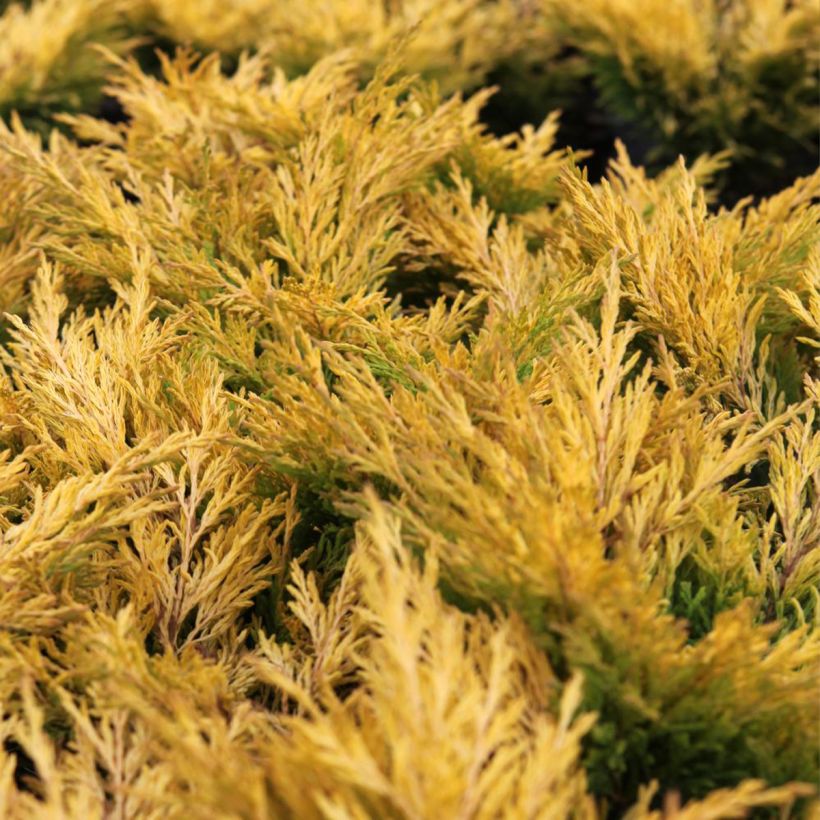

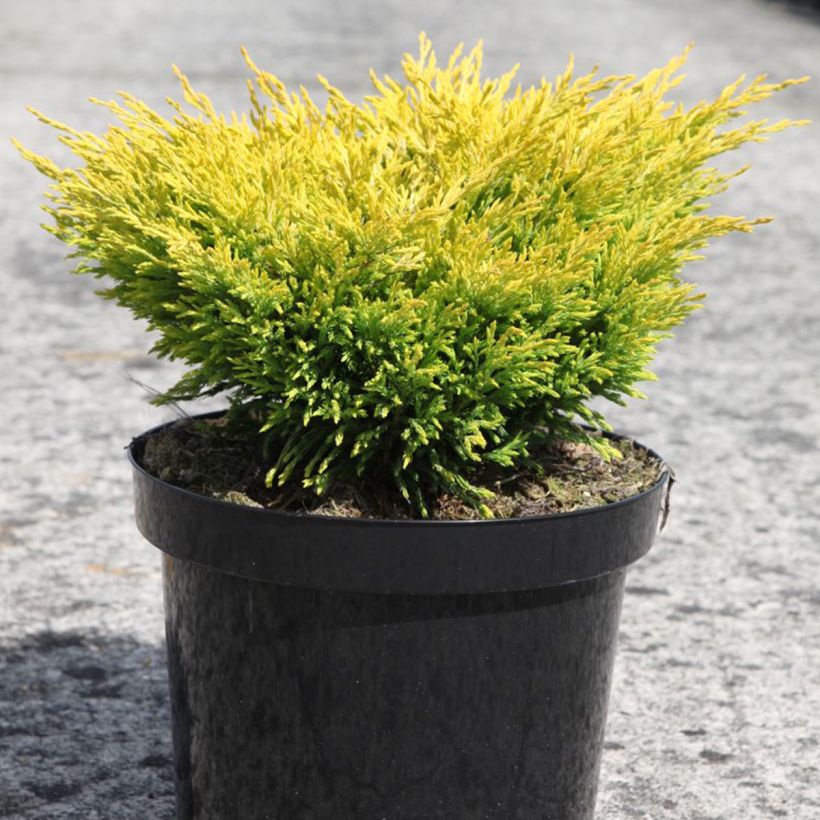

Plant habit
Foliage
Safety measures
Botanical data
Juniperus
horizontalis
Limeglow
Cupressaceae
Creeping Juniper, Creeping Cedar, Creeping Savin
Cultivar or hybrid
atteinterespiratoire
Cette plante peut entraîner des symptômes allergiques.
Evitez de la planter si vous ou vos proches souffrez de rhinite saisonnière ("rhume des foins").
Davantage d'informations sur https://plantes-risque.info
Other Juniperus - Juniper
View all →Planting and care
Plant from September to November and from February to April in well-drained, light, even limestone and poor soil. A rocky or sandy soil that is occasionally dry does not bother it. It will also grow in neutral soil, or even slightly acidic soil, as it is very adaptable. Choose a very sunny or semi-shaded location sheltered from prevailing winds. Soak the root ball well in a bucket of water before planting and water after positioning the plant and filling the planting hole. Apply organic matter at planting. Water in the first few years and during prolonged drought. Apply special conifer fertiliser every year in April and weed the soil in summer. This very hardy conifer cannot tolerate heavy soils that are waterlogged in winter. Pruning is not necessary, as this plant reveals its full potential when allowed to grow freely.
If planted in a container, water occasionally in summer, as the conditions are more challenging than in open ground and the roots cannot explore the soil for moisture.
Planting period
Intended location
Care
Planting & care advice
-
, onOrder confirmed
Reply from on Promesse de fleurs
Similar products
Haven't found what you were looking for?
Hardiness is the lowest winter temperature a plant can endure without suffering serious damage or even dying. However, hardiness is affected by location (a sheltered area, such as a patio), protection (winter cover) and soil type (hardiness is improved by well-drained soil).
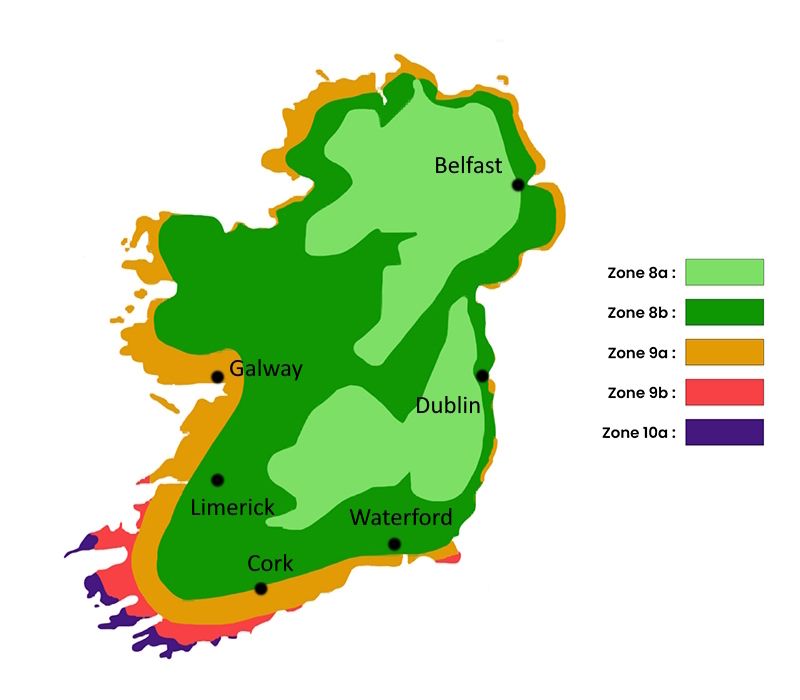
Photo Sharing Terms & Conditions
In order to encourage gardeners to interact and share their experiences, Promesse de fleurs offers various media enabling content to be uploaded onto its Site - in particular via the ‘Photo sharing’ module.
The User agrees to refrain from:
- Posting any content that is illegal, prejudicial, insulting, racist, inciteful to hatred, revisionist, contrary to public decency, that infringes on privacy or on the privacy rights of third parties, in particular the publicity rights of persons and goods, intellectual property rights, or the right to privacy.
- Submitting content on behalf of a third party;
- Impersonate the identity of a third party and/or publish any personal information about a third party;
In general, the User undertakes to refrain from any unethical behaviour.
All Content (in particular text, comments, files, images, photos, videos, creative works, etc.), which may be subject to property or intellectual property rights, image or other private rights, shall remain the property of the User, subject to the limited rights granted by the terms of the licence granted by Promesse de fleurs as stated below. Users are at liberty to publish or not to publish such Content on the Site, notably via the ‘Photo Sharing’ facility, and accept that this Content shall be made public and freely accessible, notably on the Internet.
Users further acknowledge, undertake to have ,and guarantee that they hold all necessary rights and permissions to publish such material on the Site, in particular with regard to the legislation in force pertaining to any privacy, property, intellectual property, image, or contractual rights, or rights of any other nature. By publishing such Content on the Site, Users acknowledge accepting full liability as publishers of the Content within the meaning of the law, and grant Promesse de fleurs, free of charge, an inclusive, worldwide licence for the said Content for the entire duration of its publication, including all reproduction, representation, up/downloading, displaying, performing, transmission, and storage rights.
Users also grant permission for their name to be linked to the Content and accept that this link may not always be made available.
By engaging in posting material, Users consent to their Content becoming automatically accessible on the Internet, in particular on other sites and/or blogs and/or web pages of the Promesse de fleurs site, including in particular social pages and the Promesse de fleurs catalogue.
Users may secure the removal of entrusted content free of charge by issuing a simple request via our contact form.
The flowering period indicated on our website applies to countries and regions located in USDA zone 8 (France, the United Kingdom, Ireland, the Netherlands, etc.)
It will vary according to where you live:
- In zones 9 to 10 (Italy, Spain, Greece, etc.), flowering will occur about 2 to 4 weeks earlier.
- In zones 6 to 7 (Germany, Poland, Slovenia, and lower mountainous regions), flowering will be delayed by 2 to 3 weeks.
- In zone 5 (Central Europe, Scandinavia), blooming will be delayed by 3 to 5 weeks.
In temperate climates, pruning of spring-flowering shrubs (forsythia, spireas, etc.) should be done just after flowering.
Pruning of summer-flowering shrubs (Indian Lilac, Perovskia, etc.) can be done in winter or spring.
In cold regions as well as with frost-sensitive plants, avoid pruning too early when severe frosts may still occur.
The planting period indicated on our website applies to countries and regions located in USDA zone 8 (France, United Kingdom, Ireland, Netherlands).
It will vary according to where you live:
- In Mediterranean zones (Marseille, Madrid, Milan, etc.), autumn and winter are the best planting periods.
- In continental zones (Strasbourg, Munich, Vienna, etc.), delay planting by 2 to 3 weeks in spring and bring it forward by 2 to 4 weeks in autumn.
- In mountainous regions (the Alps, Pyrenees, Carpathians, etc.), it is best to plant in late spring (May-June) or late summer (August-September).
The harvesting period indicated on our website applies to countries and regions in USDA zone 8 (France, England, Ireland, the Netherlands).
In colder areas (Scandinavia, Poland, Austria...) fruit and vegetable harvests are likely to be delayed by 3-4 weeks.
In warmer areas (Italy, Spain, Greece, etc.), harvesting will probably take place earlier, depending on weather conditions.
The sowing periods indicated on our website apply to countries and regions within USDA Zone 8 (France, UK, Ireland, Netherlands).
In colder areas (Scandinavia, Poland, Austria...), delay any outdoor sowing by 3-4 weeks, or sow under glass.
In warmer climes (Italy, Spain, Greece, etc.), bring outdoor sowing forward by a few weeks.































